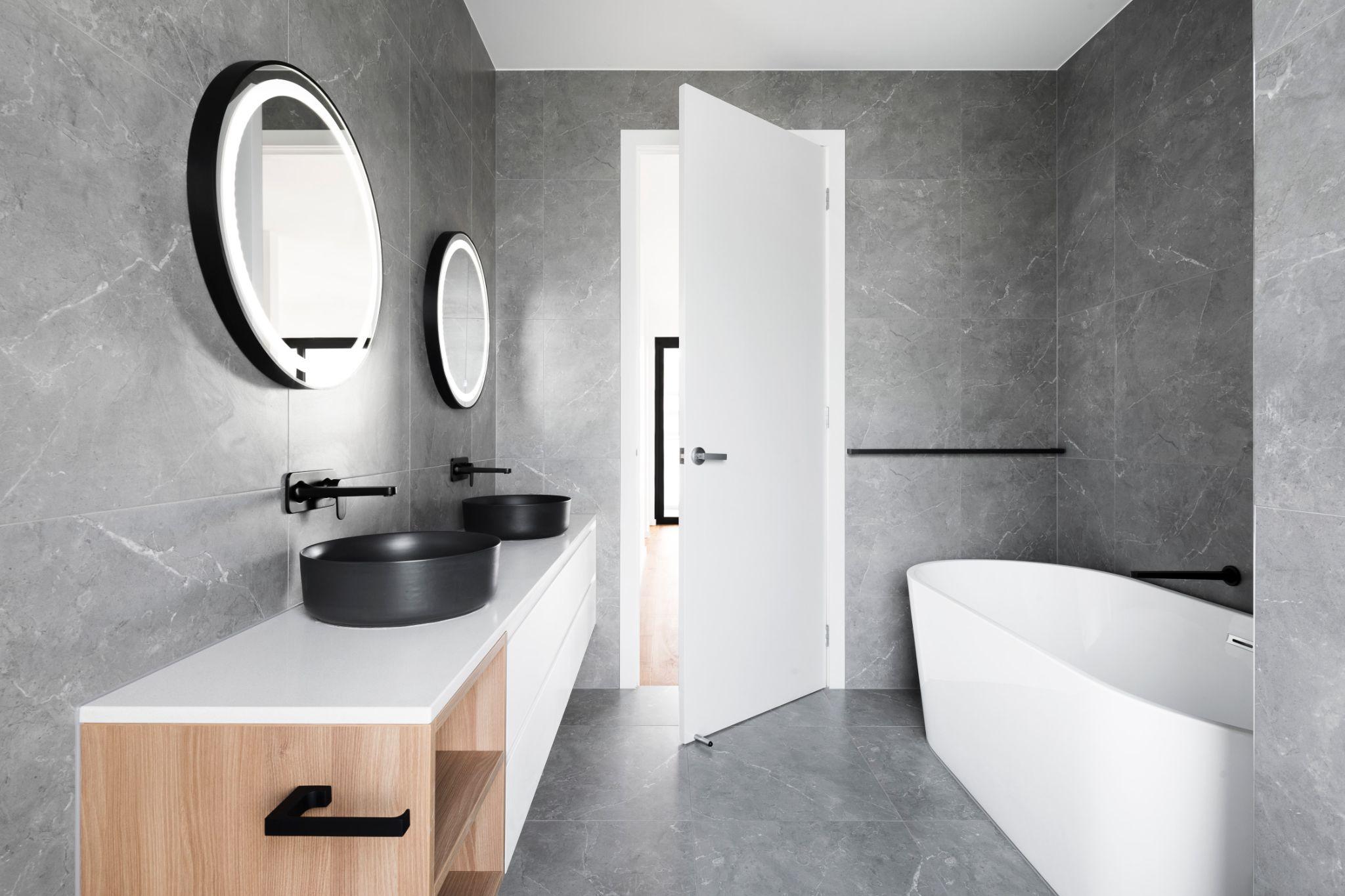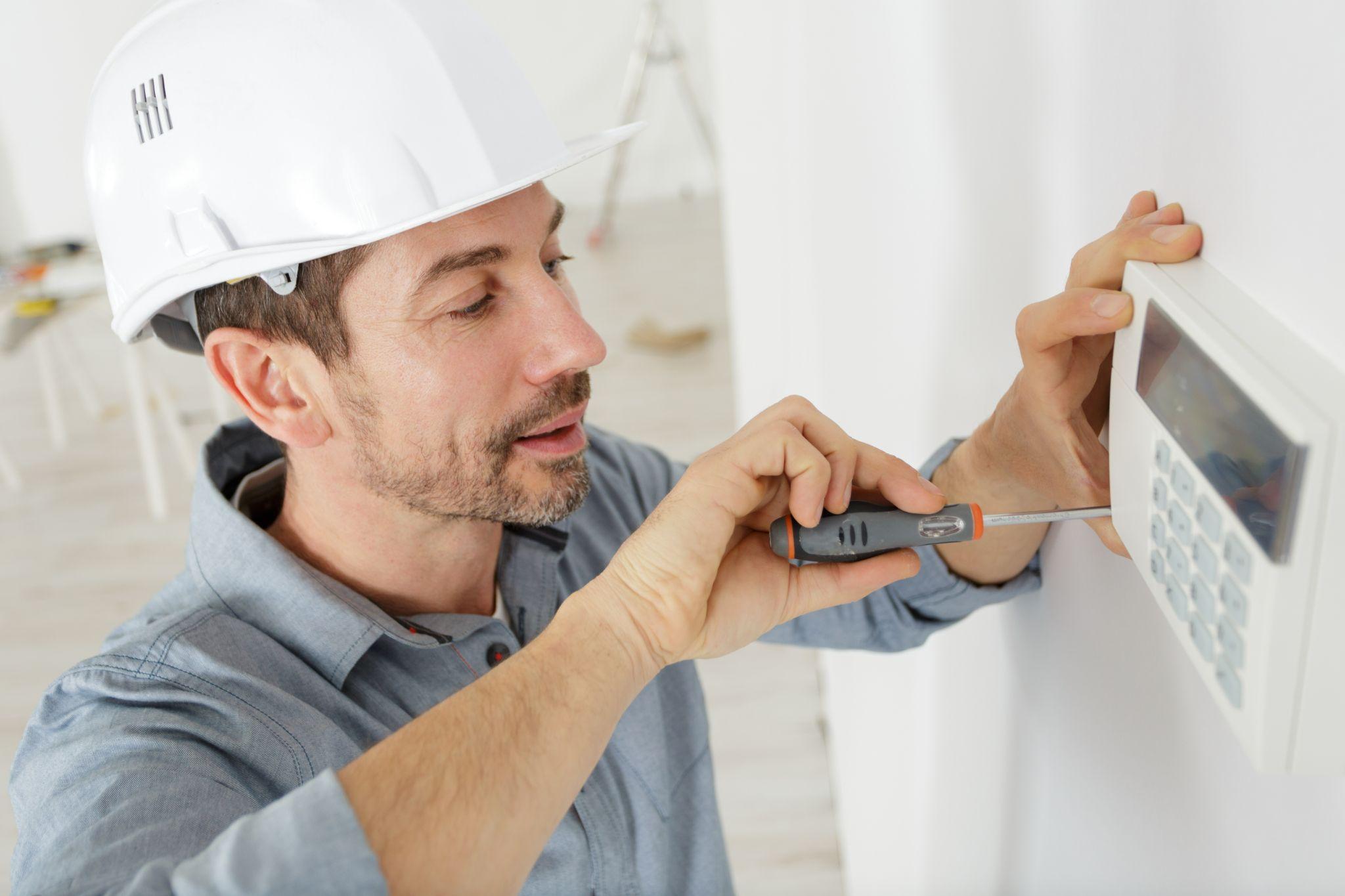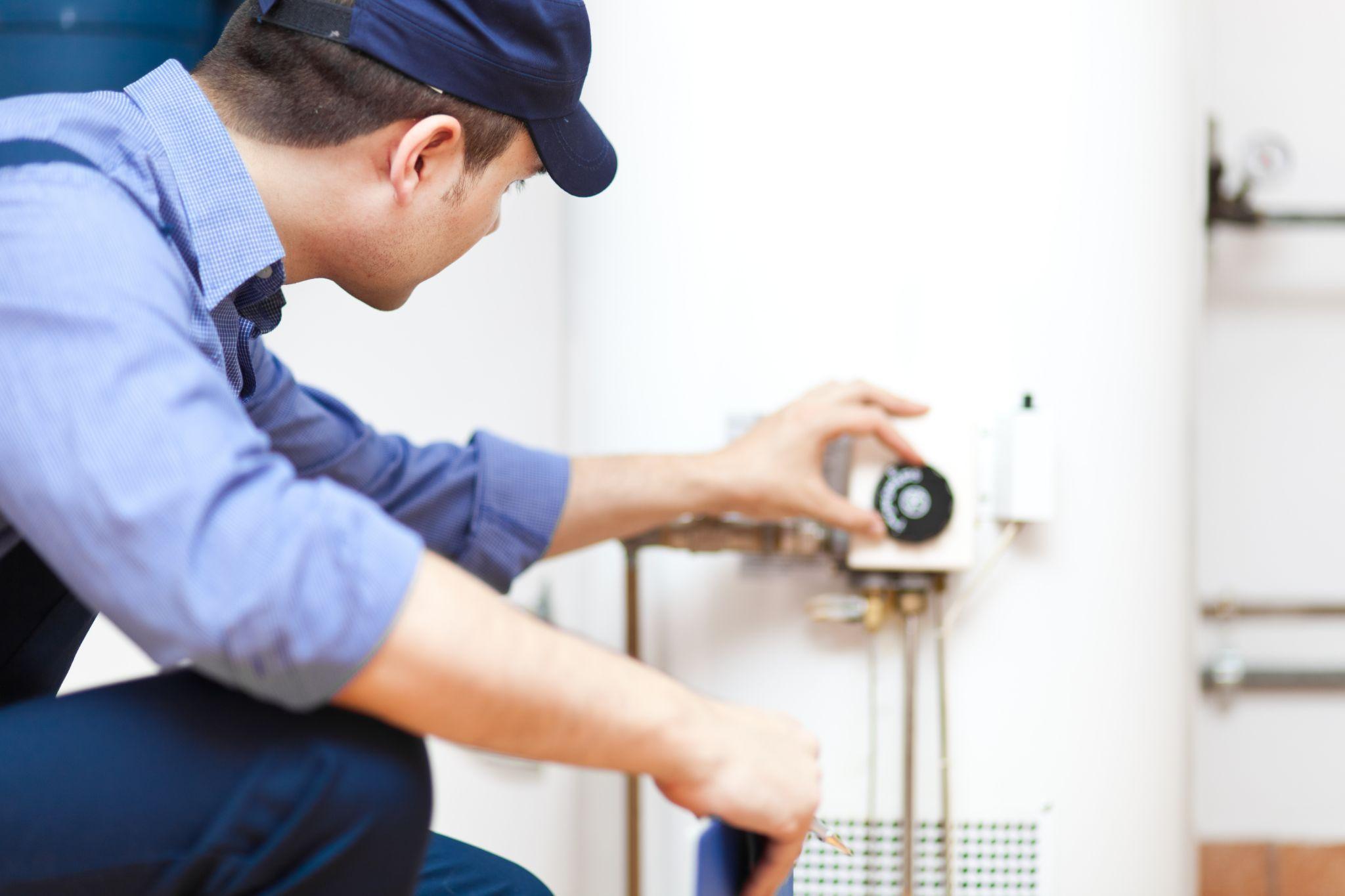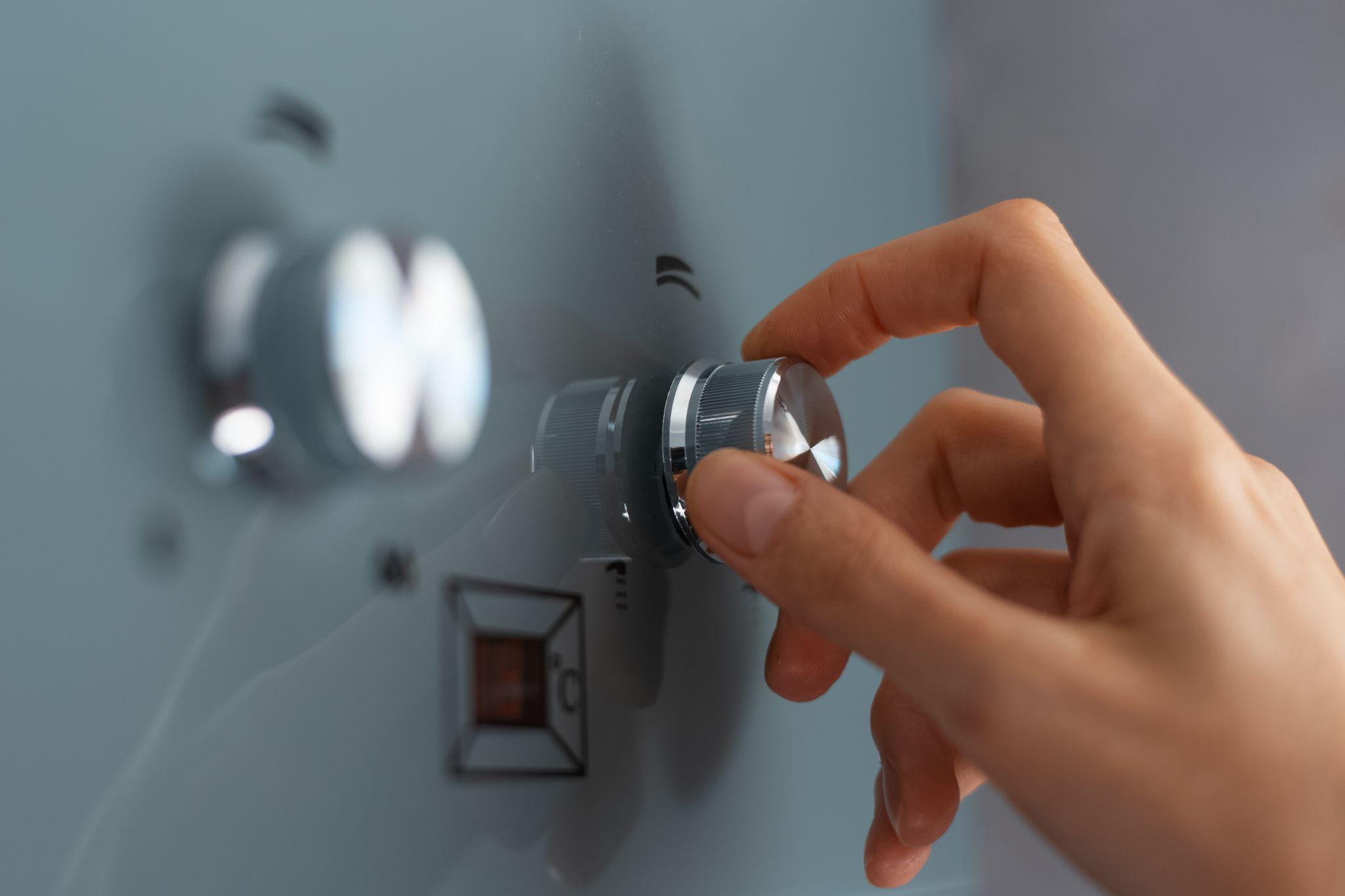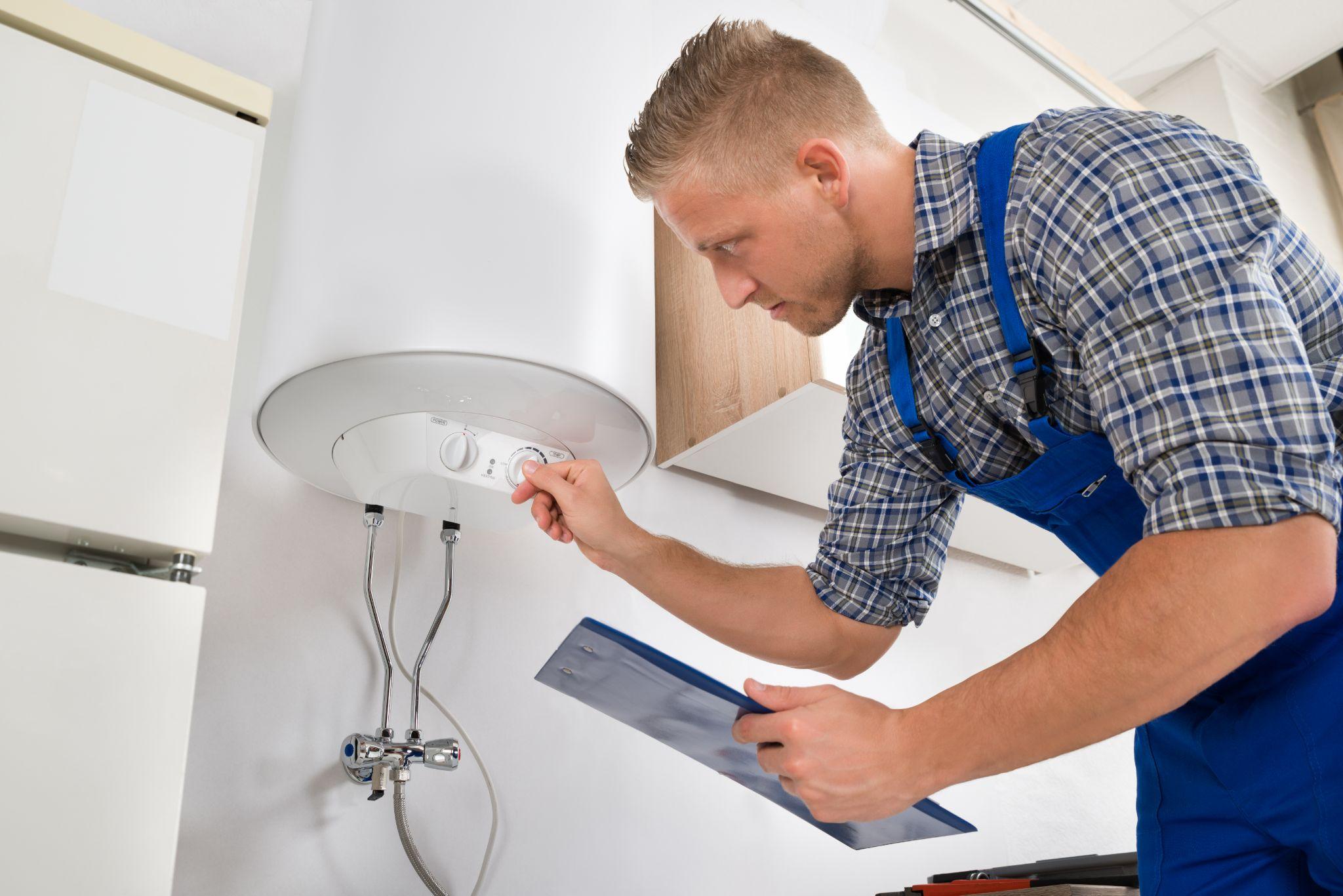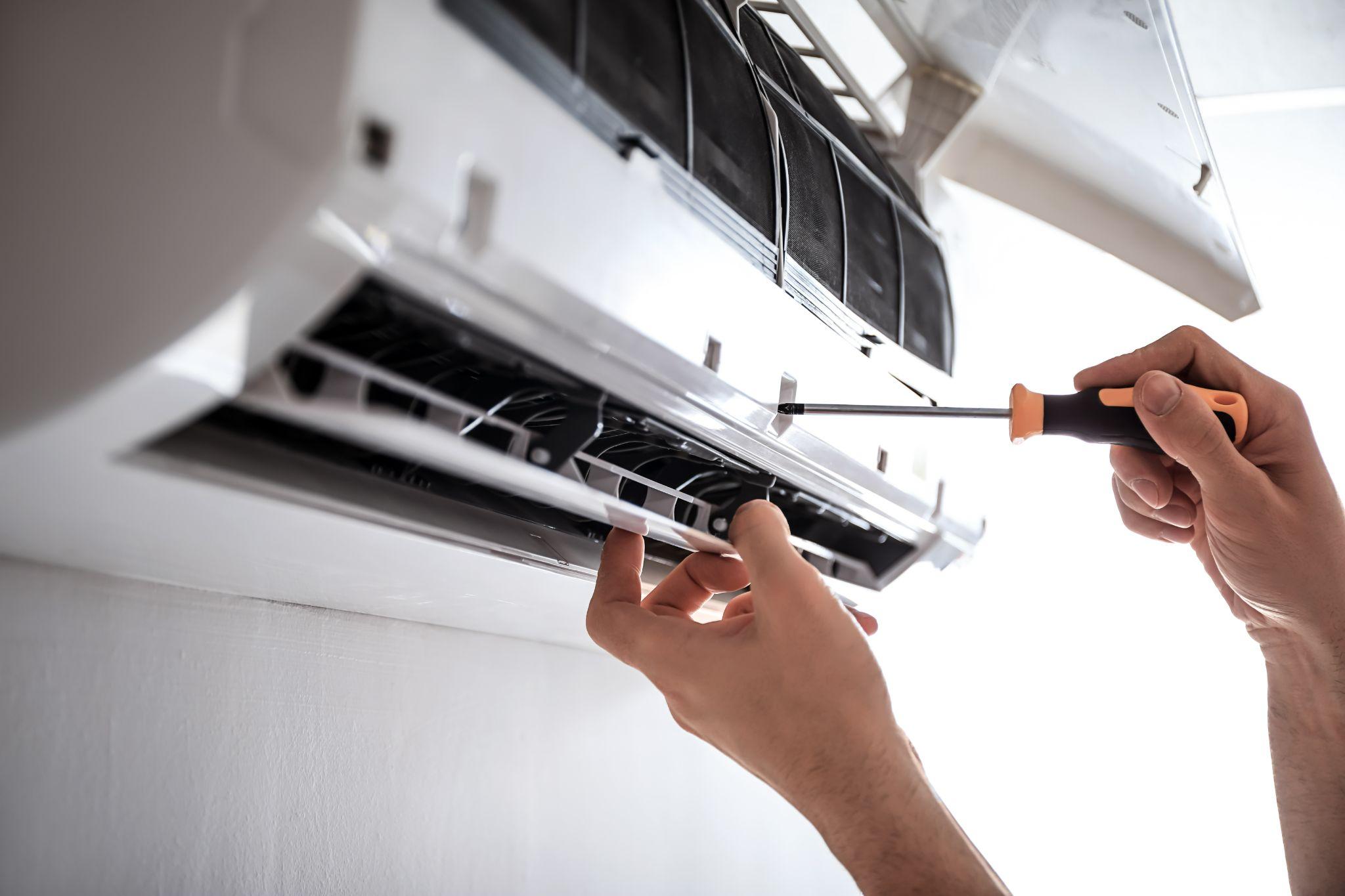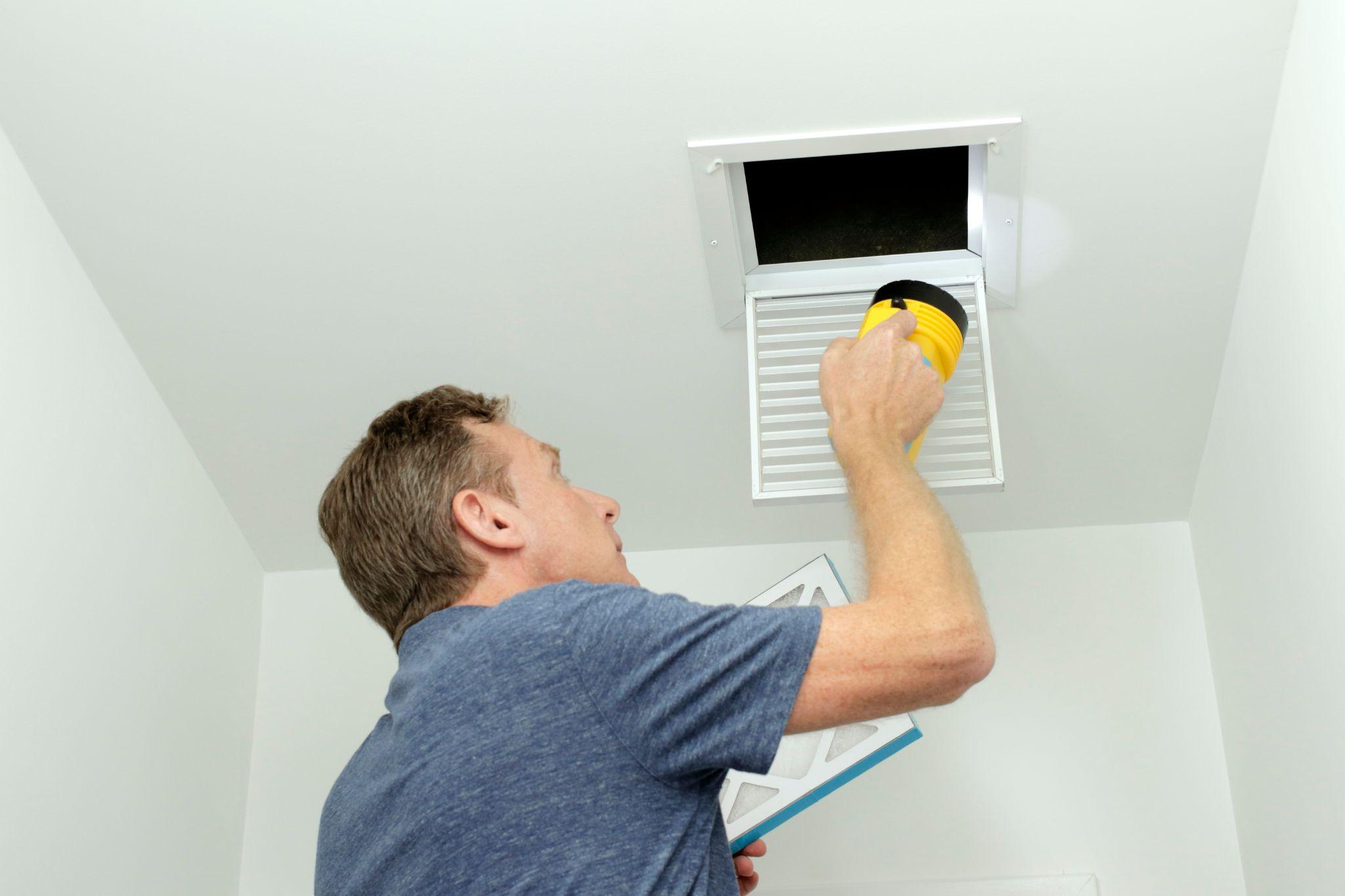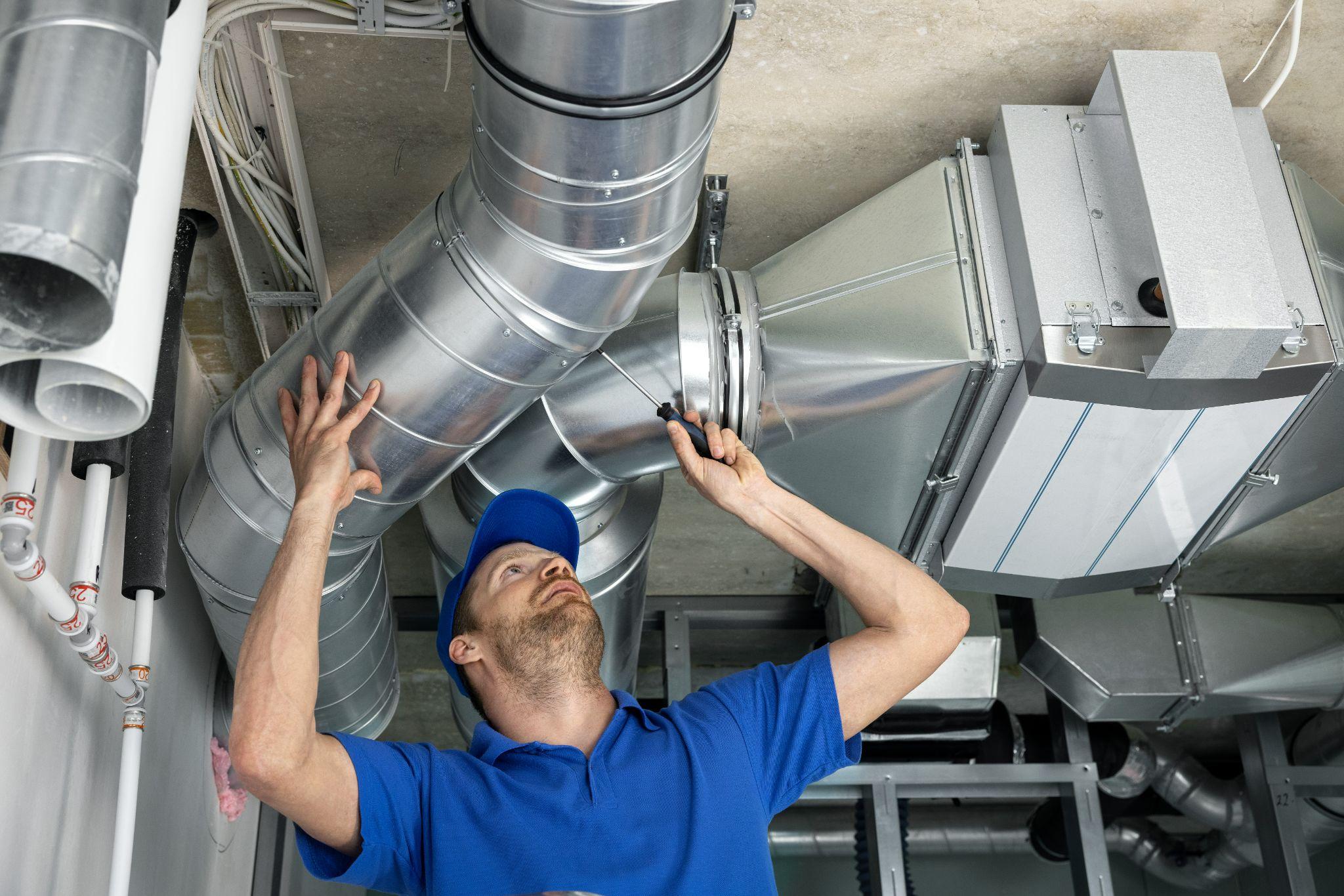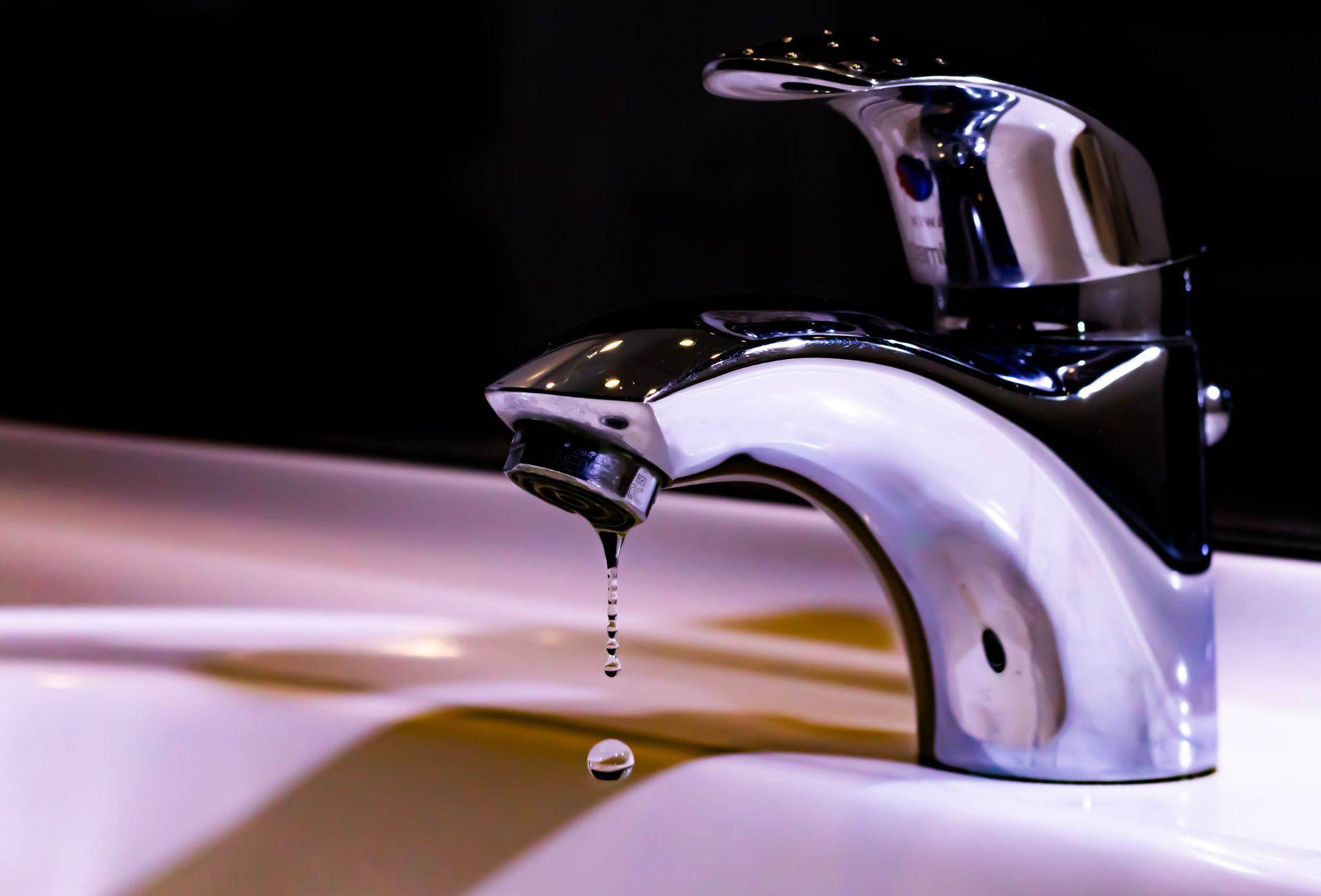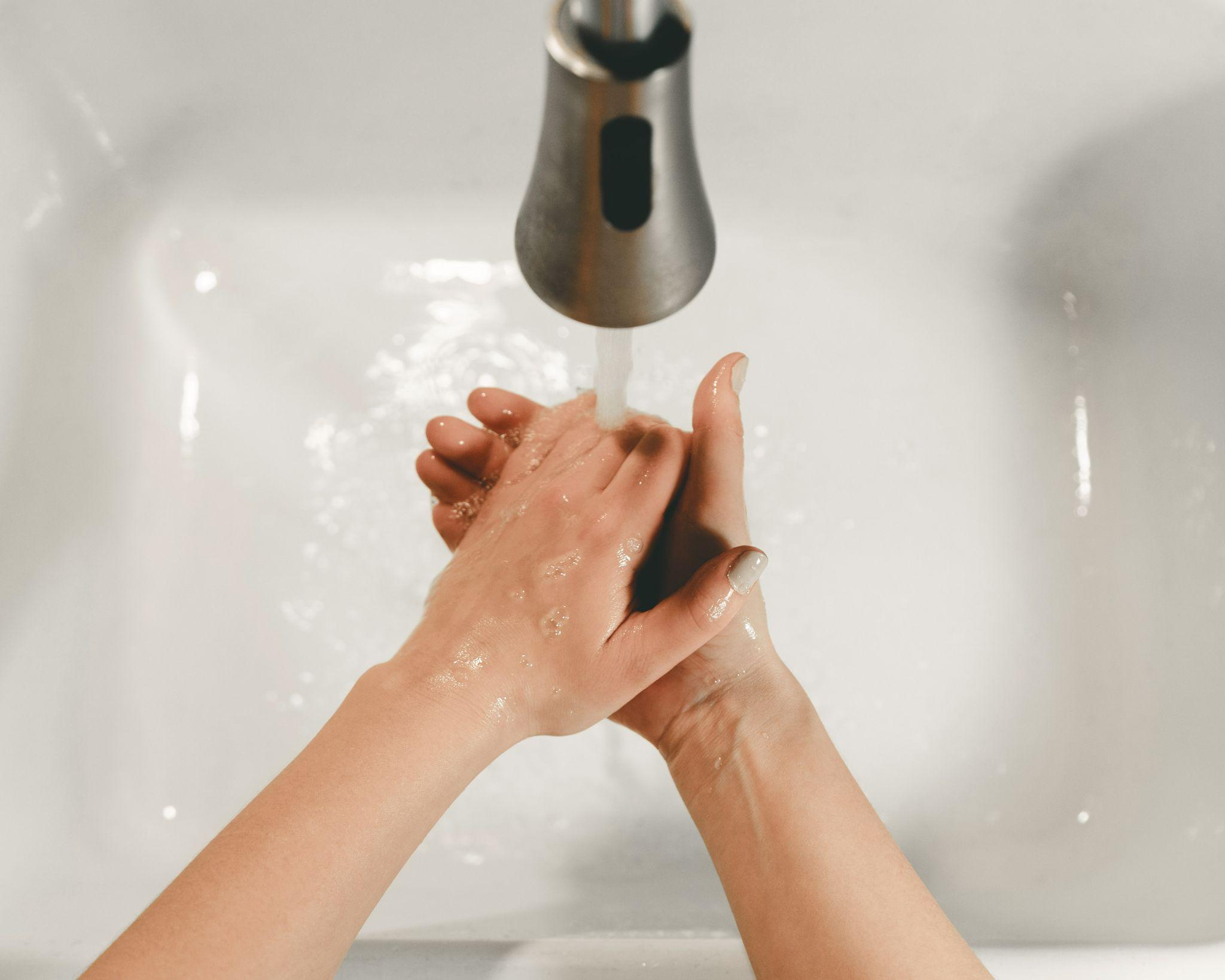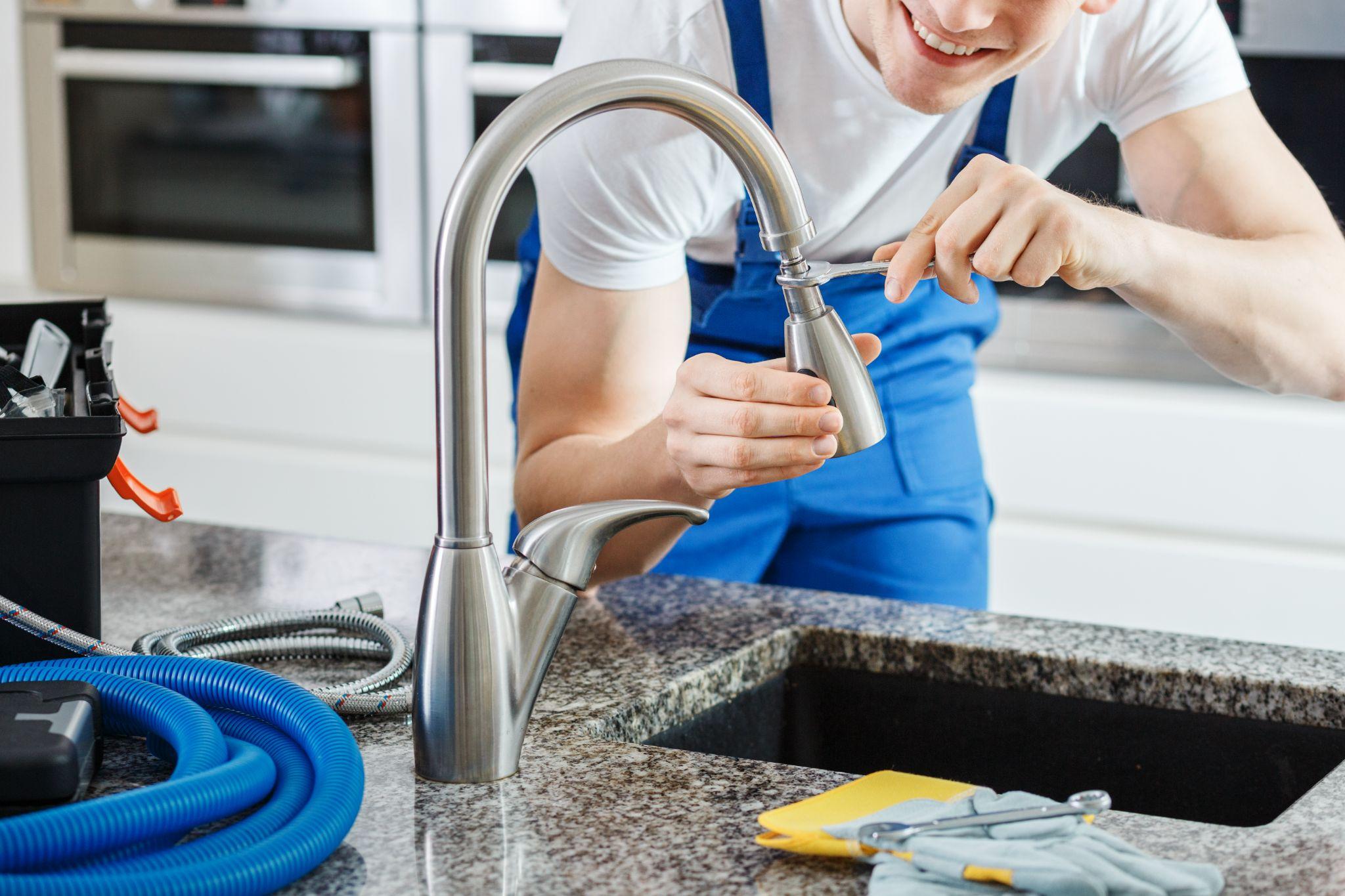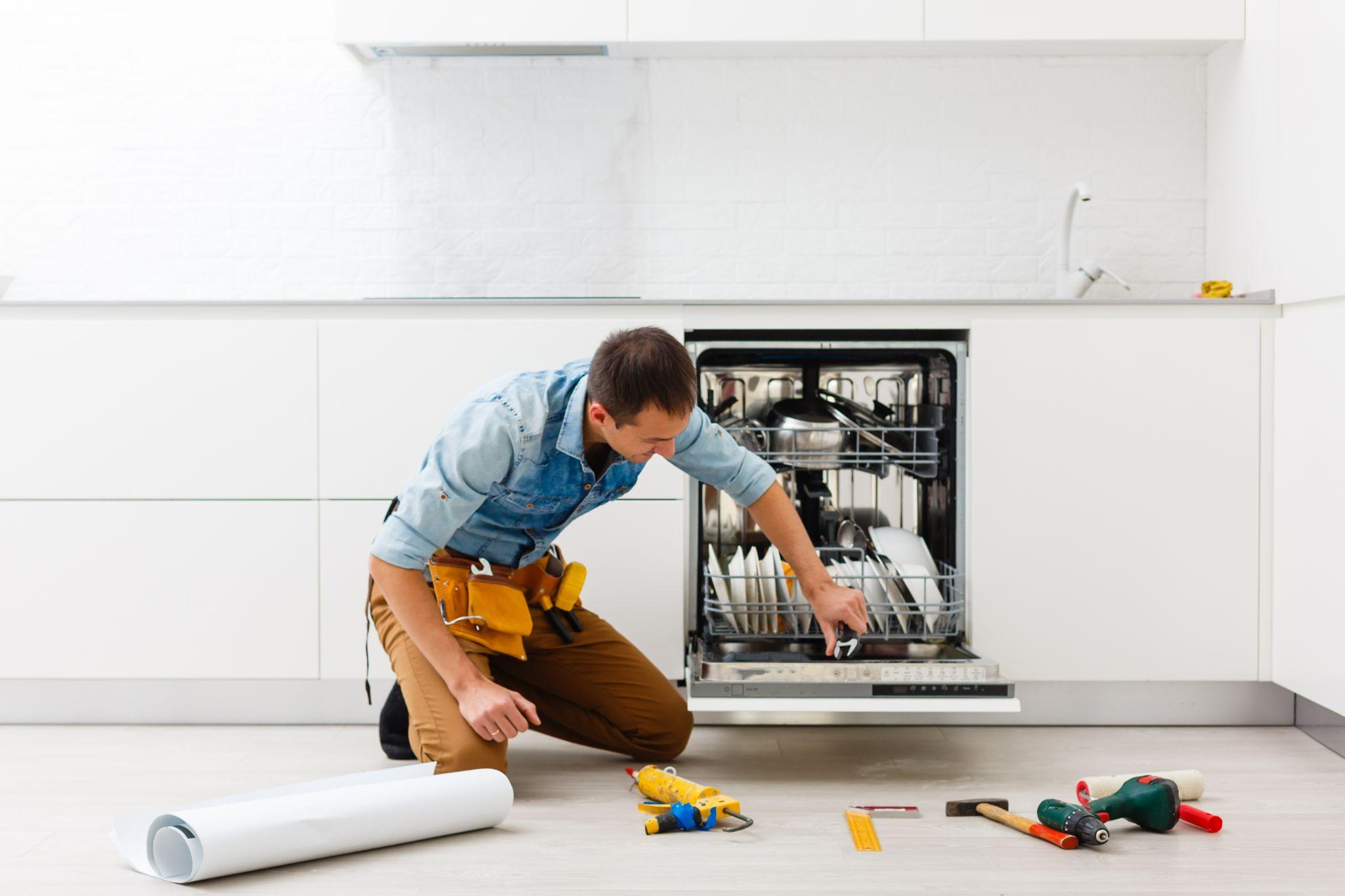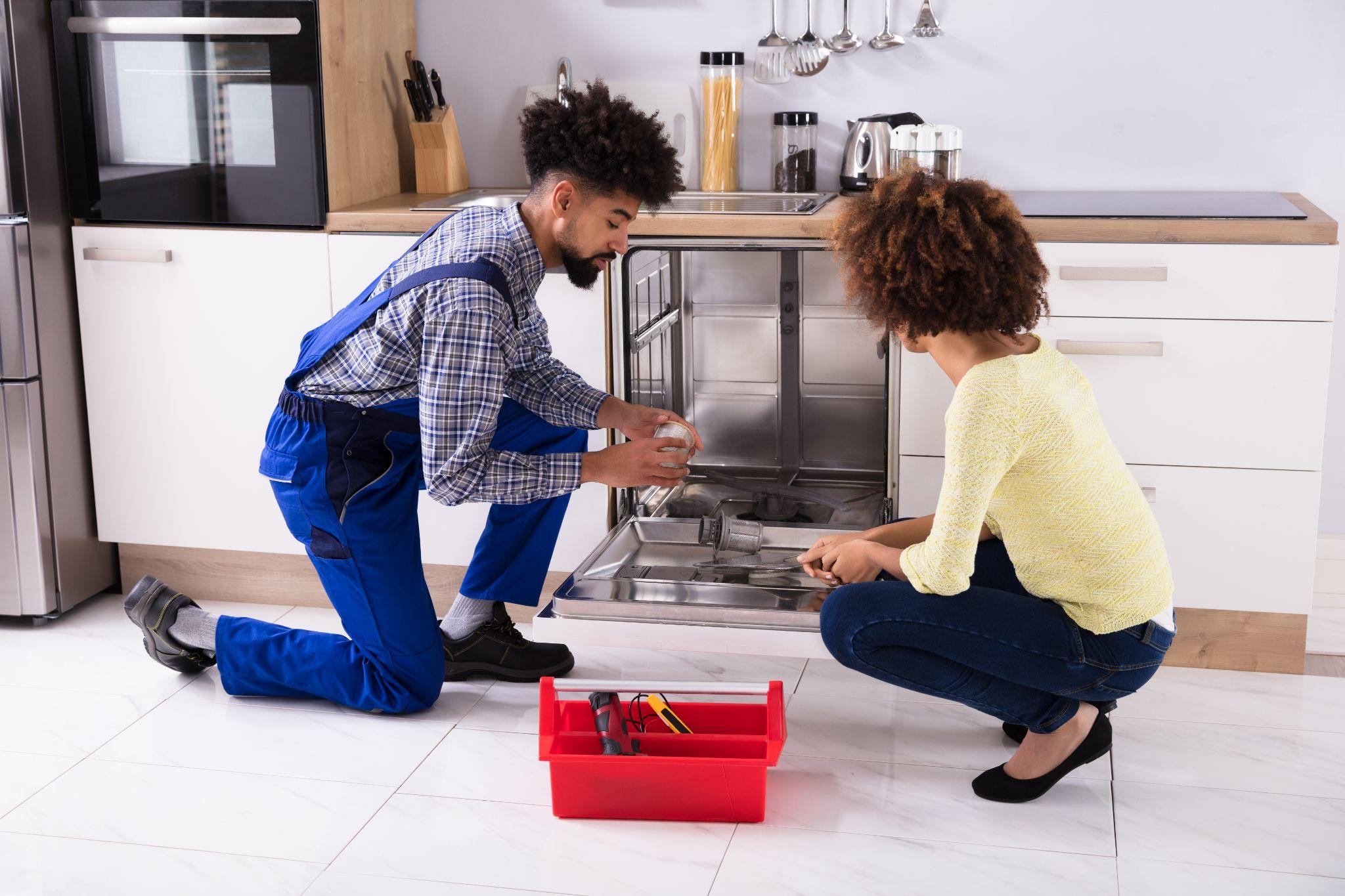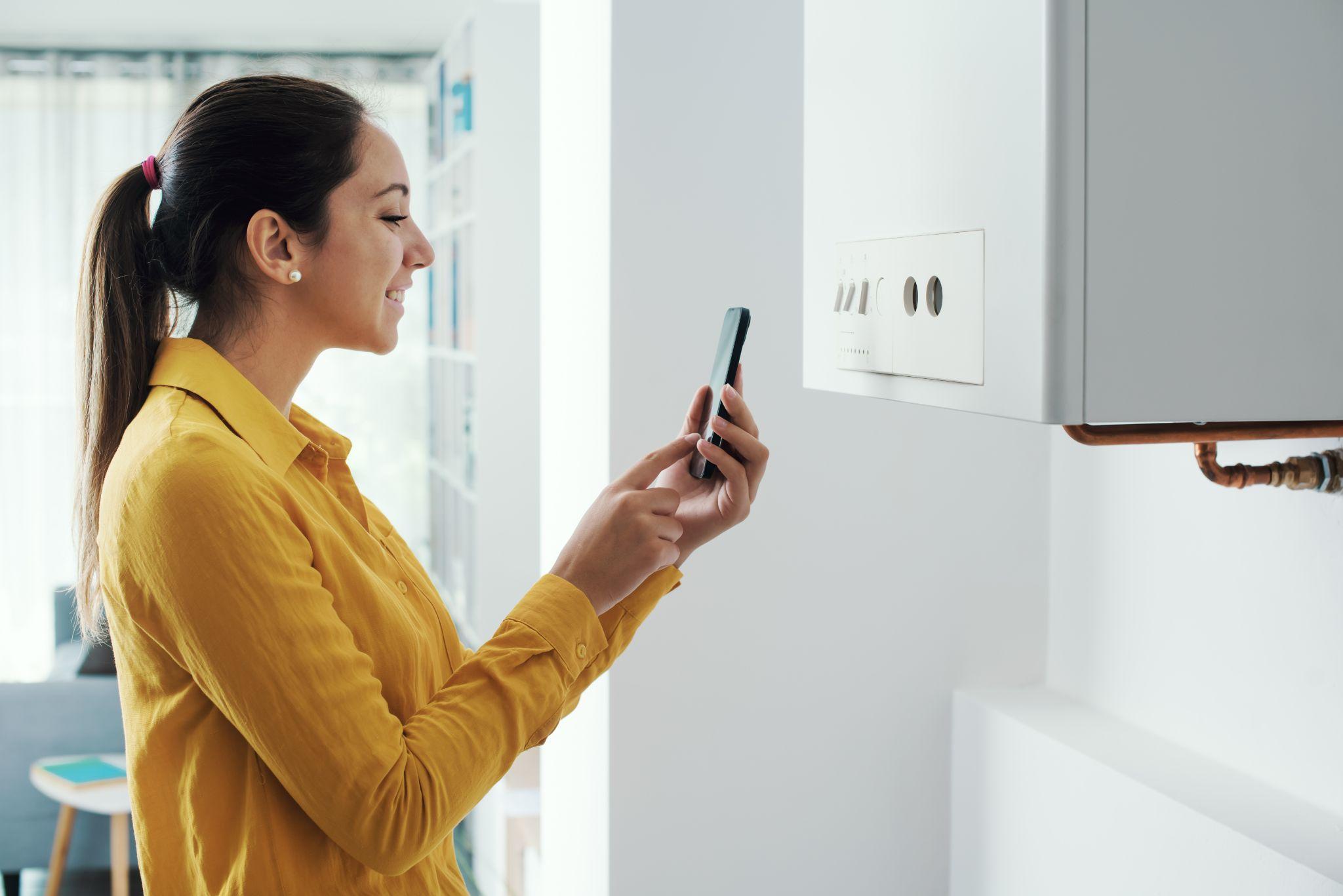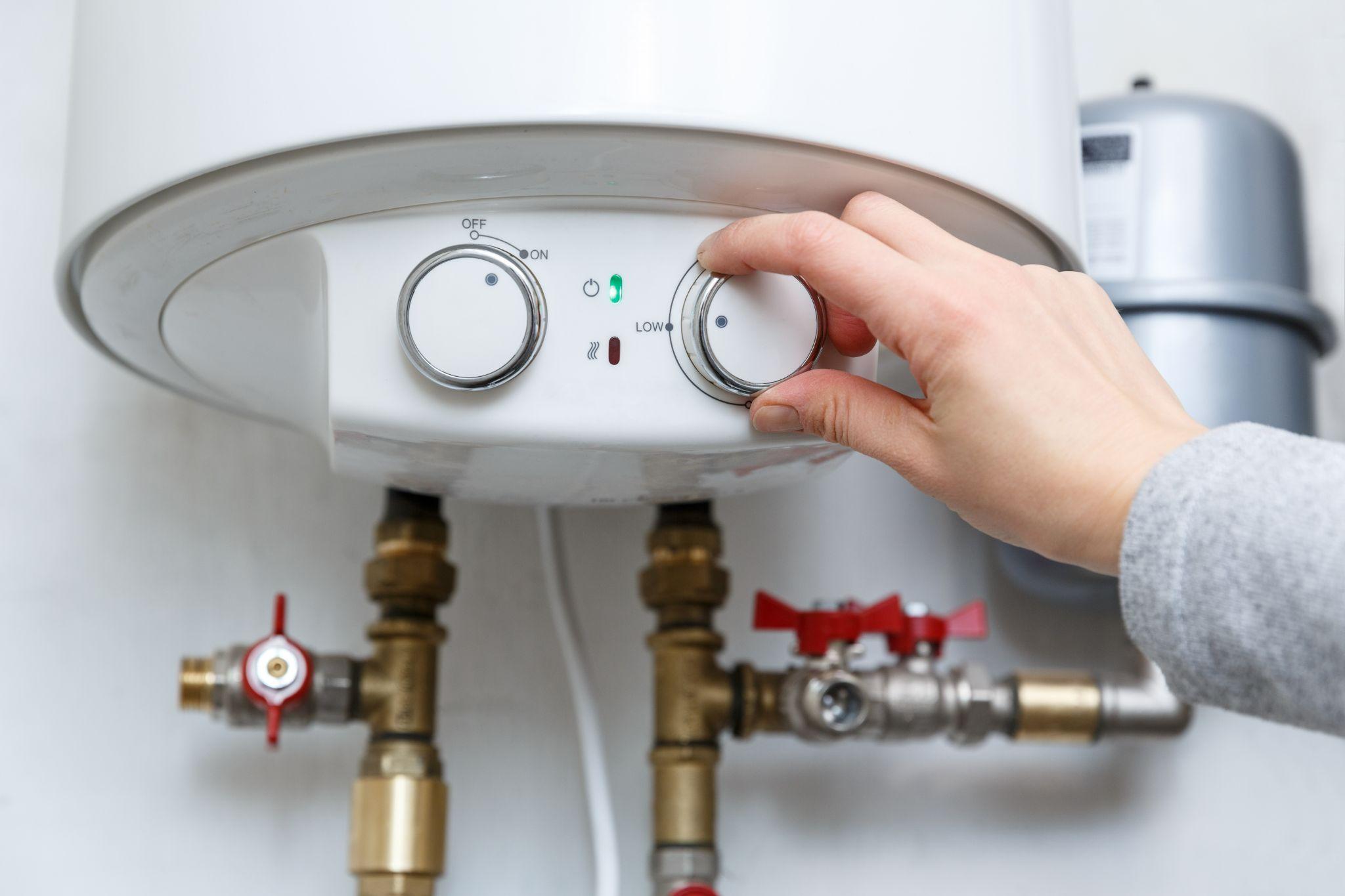Things You Can Do for Your Home in the New Year
The start of the new year is a great time to make some New Year’s resolutions for your home. You can do all sorts of things, from simple improvements to complete renovations. Taking the time to set some goals for the things you want to accomplish can pay off in the long run too.
Declutter and Reorganize
After taking down your holiday decorations, this is the perfect time to declutter your house and get rid of anything you no longer want or need. You should also consider reorganizing your home to make it more comfortable and functional.
Remodel Your Kitchen or Bathroom
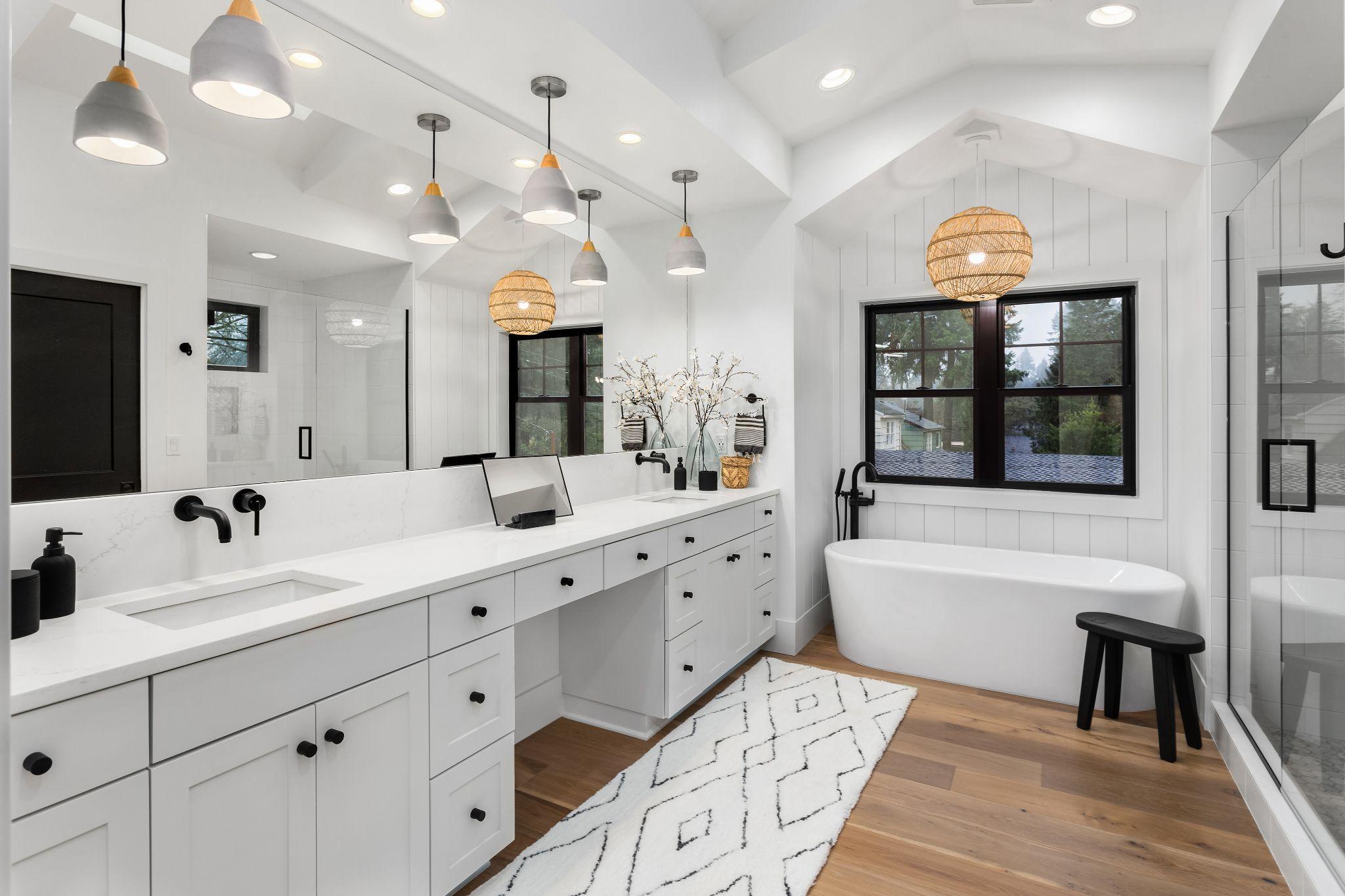
When you have renovation resolutions you want to accomplish, make a list of how you want to transform your kitchen or bathroom. Some ideas to help get you started include:
- Low-Flush Toilets
- Water-Saving Fixtures
- New Shower
- New Bathtub
- More Storage Space
- New Energy-Efficient Appliances
Make Energy-Efficient Improvements
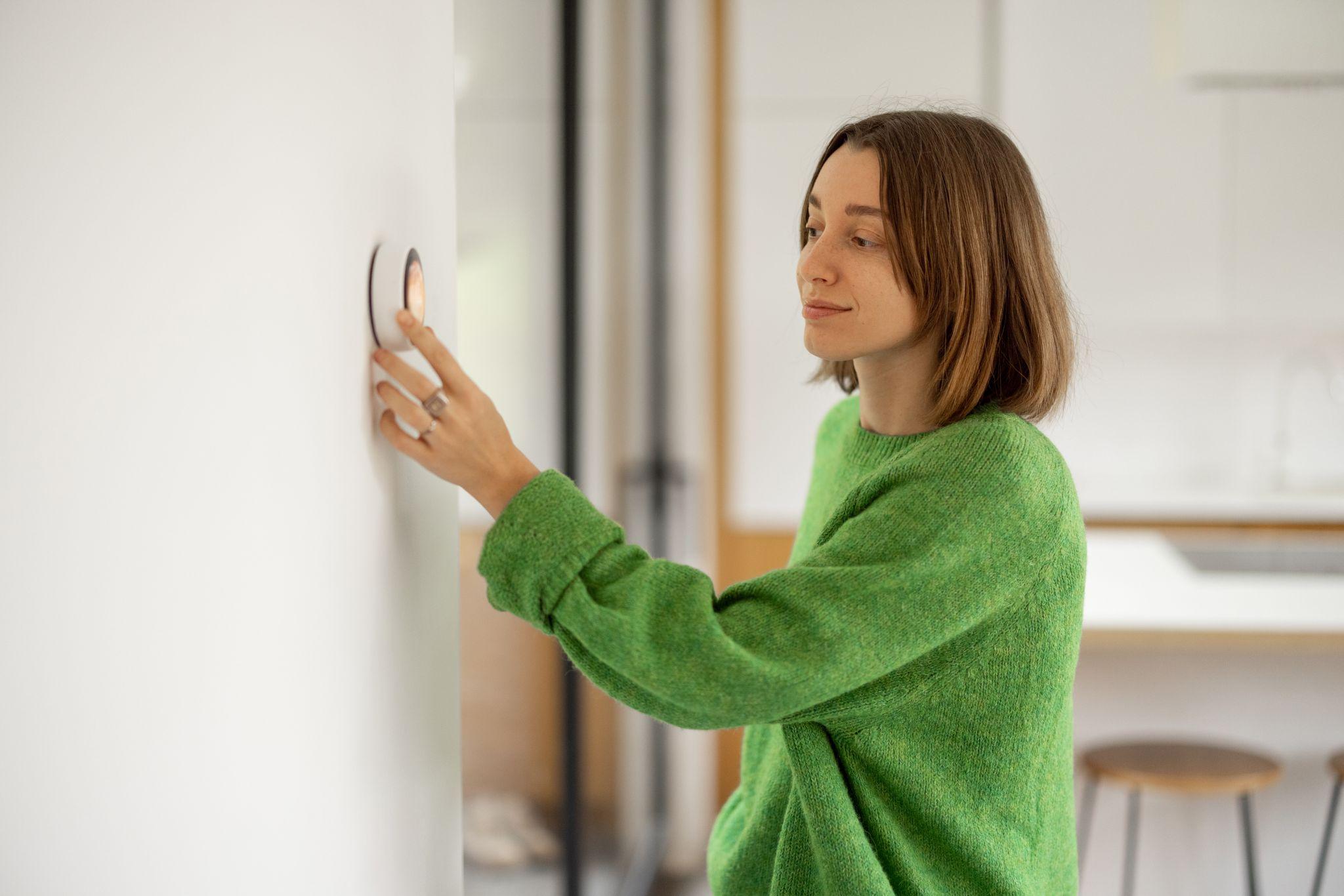
There are many different ways to make your home more energy efficient, such as:
- Have a smart thermostat installed.
- Upgrade to a tankless water heater.
- Have solar panels installed.
- Insulate any exposed plumbing lines.
- Insulate your tank-type water heater.
- Top off your attic insulation.
- Upgrade your windows.
- Seal air leaks around doors and windows.
- Replace your air conditioning and heating system if it is more than 15 years old.
- Upgrade your lighting to LED smart bulbs.
Improve Indoor Air Quality
Most people are surprised to discover their indoor air quality is worse than the air outside. Have your indoor air quality tested by your HVAC technician. After the test, they will make recommendations on how you can improve the air quality inside your house.
Have Air Ducts Cleaned and Sealed
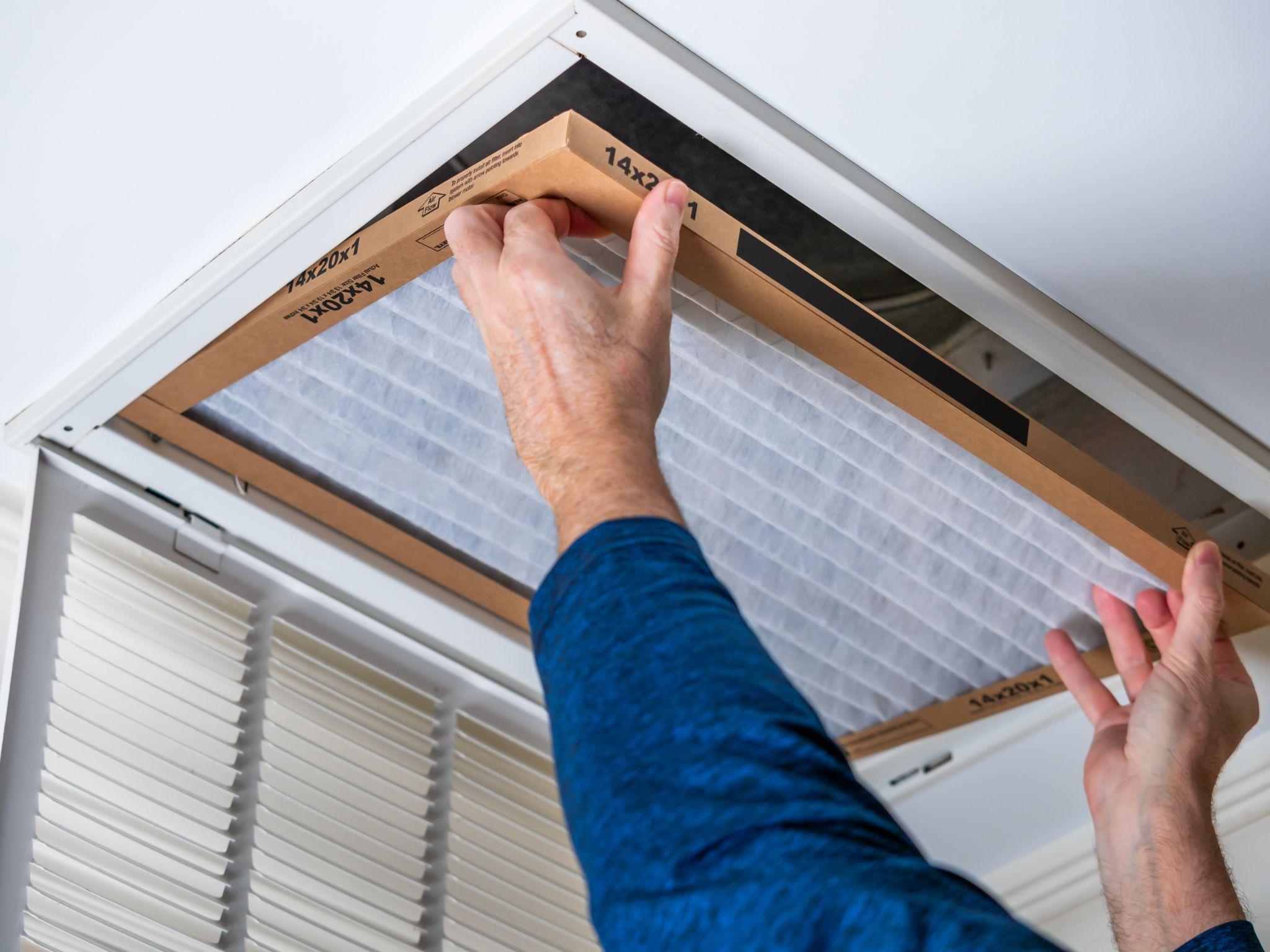
Part of poor indoor air quality is when there are air leaks in the air ducts. Having these cleaned and sealed will improve the air quality and reduce the amount of cooled or heated air lost.
Have Your Water Tested
Even if you have city water, there can still be things in the water that affect its smell and taste. Have your plumber test your water to find out exactly what is in it.
Afterward, they can recommend an appropriate water filtration system to suit your needs. If you have hard water, you may also want to consider getting a water softener as part of your new system.
Test Your Smoke Detectors
The start of the new year is a good time to test all the smoke detectors in your house to ensure they are working correctly. You should also replace the backup batteries at the same time.
Have a Carbon Monoxide Detector Installed
If you use natural gas in your home for cooking, hot water, or heating, it is highly recommended to have a carbon monoxide detector installed. Carbon monoxide detectors can alert you when there is a gas leak.
Have Your Water Heater Serviced
Whether you have a tank-type or tankless water heater, you should have it serviced annually. Part of the annual service to help it last longer includes flushing out the water heater to remove any build-up and debris that have accumulated in the unit.
Replace Old Plumbing
If you have an older home with steel or metal plumbing lines, you should consider getting new plumbing, especially if you notice rust in your water. Replacing your plumbing now will also help you avoid potential water leaks and other problems that occur with steel and metal plumbing lines the older they get.
Have Your HVAC System Serviced
Scheduling bi-annual maintenance on your air conditioning and heating system will keep it working correctly and help it last longer. Ideally, you should schedule air conditioning maintenance in the spring and heating maintenance in the fall. However, if you have not had any maintenance performed lately, schedule maintenance as soon as possible.
Add a Splash of Color
It is easy to give the rooms in your home a new look and feel by adding some color. For example, you could repaint the walls in a trendy color or change the color of the cabinets in your kitchen or bathroom by painting them.
Keep Your House Clean
The new year is a good time to establish a weekly cleaning schedule for your home and stick to it. Decide what chores you want to accomplish and when, so you still have time to relax after working all week.
You can even break your list of chores up so you do things on alternating weekends, such as vacuuming, sweeping, and mopping one weekend and dusting and washing sheets and bedding the following weekend.
Schedule Drain Cleaning Plumbing Services
Soap, food particles, grease, hair, and other gunk build up inside drain pipes, eventually leading to clogged drains. This icky stuff can also start to smell and stink. Scheduling plumbing services to have your drain lines cleaned annually can prevent clogs and keep drain lines from stinking and working correctly.
Why Is Creating Home Resolutions Important?
One of the benefits you gain when you create home resolutions in the new year is feeling like you are in a new home. You will notice your house has a different look and feel, making it more inviting, comfortable, and appealing. In addition, many of the improvements you make throughout the year will increase the value of your house.
Furthermore, when you improve your home’s indoor air quality and water quality, you and your family benefit. You will notice feeling healthier and having fewer allergies, respiratory problems, and illnesses.
Schedule HVAC and Plumbing Services Today
Whether you are renovating your kitchen or bathroom, want to make energy-efficient improvements, or want to schedule maintenance for your HVAC system or plumbing, you can count on Christianson Air Conditioning & Plumbing.
Our HVAC technicians and plumbing professionals can take care of all your home’s heating, cooling, air quality, water quality, and plumbing needs in San Antonio and the Austin Metro area. Contact us at 512-246-5400 today.
» Comments Off on Things You Can Do for Your Home in the New Year



